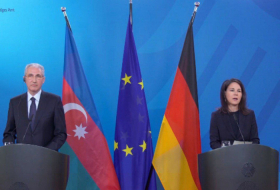'It's been an open question in the field why we have brain regions that respond to words and faces but not to, say, cars,' said Stanford graduate student, Jesse Gomez who is the first author of the study.
'It's also been a mystery why they appear in the same place in everyone's brain.'
To help shed light on the phenomenon, researchers chose to focus in on an unlikely topic: the popular 90's video and card game franchise, Pokémon.
In this case, said Gomez, the game -- which has also been adapted into a cartoon, movies, and more -- made the perfect vehicle for scientific research.
'What was unique about Pokémon is that there are hundreds of characters, and you have to know everything about them in order to play the game successfully. The game rewards you for individuating hundreds of these little, similar looking characters,' Gomez said.
'I figured, If you don't get a region for that, then it's never going to happen.'
The study used an MRI scanner to analyze the brains of 11 adults who played the game regularly as children and recorded resulting activity when the subjects were shown images of Pokémon.
What they found were surprising similarities between participants.
Not only did the brains of subjects who had played Pokémon as children respond more noticeably to images of the fictional creatures, but the activity recorded all occurred the same region of the brain -- a fold located just behind the ear called the occipitotemporal sulcus.
Scientists say the research helps illuminate how some regions of our brain are particularly prone to repeated exposure, especially information received through vision.
'I think one of the lessons from our study is that these brain regions that are activated by our central vision are particularly malleable to extensive experience,' said Kalanit Grill-Spector, a professor of psychology in Stanford's School of Humanities and Sciences.
Researchers also note that the study exemplifies how neurons can be encoded from a very early age.
A similar study done in 2009 showed that the brain's memory recall is so granular that individual neurons can be associated with specific public figures.
In that experiment, subjects were shown various pictures of celebrities, including Michael Jackson, Venus Williams, Bill Clinton, and popular characters from The Simpsons.
According to a report from Wired, research noted that subjects each had about five neurons that fired only when looking at a certain celebrity.
Understanding how the brain encodes information not only helps unlock secrets of how the human mind works, but could also be applicable towards a growing wave of future technologies like brain-to-computer interfaces or mind-controlled prosthetics.
While current estimates put devices capable of linking human brains and computers decades away, researchers say parents can rest assured knowing a little video game knowledge isn't the end of the world.
'We have the capacity to encode many, many patterns in that stretch of cortex. I would say to those parents that the people who were scanned here all have their PhDs,' Gomez said. 'They're all doing very well.'
Daily Mail
More about: Pokémon
















































